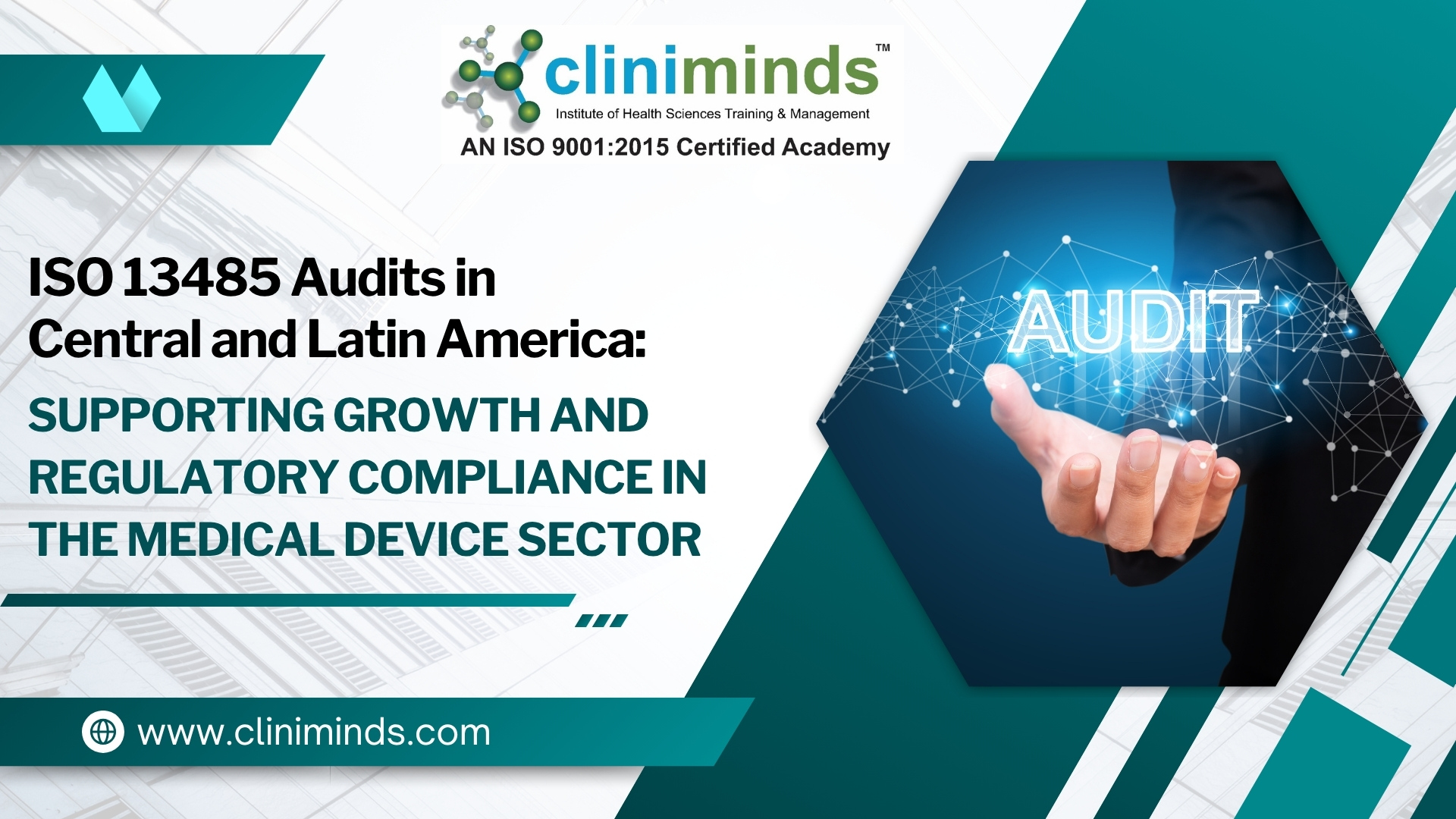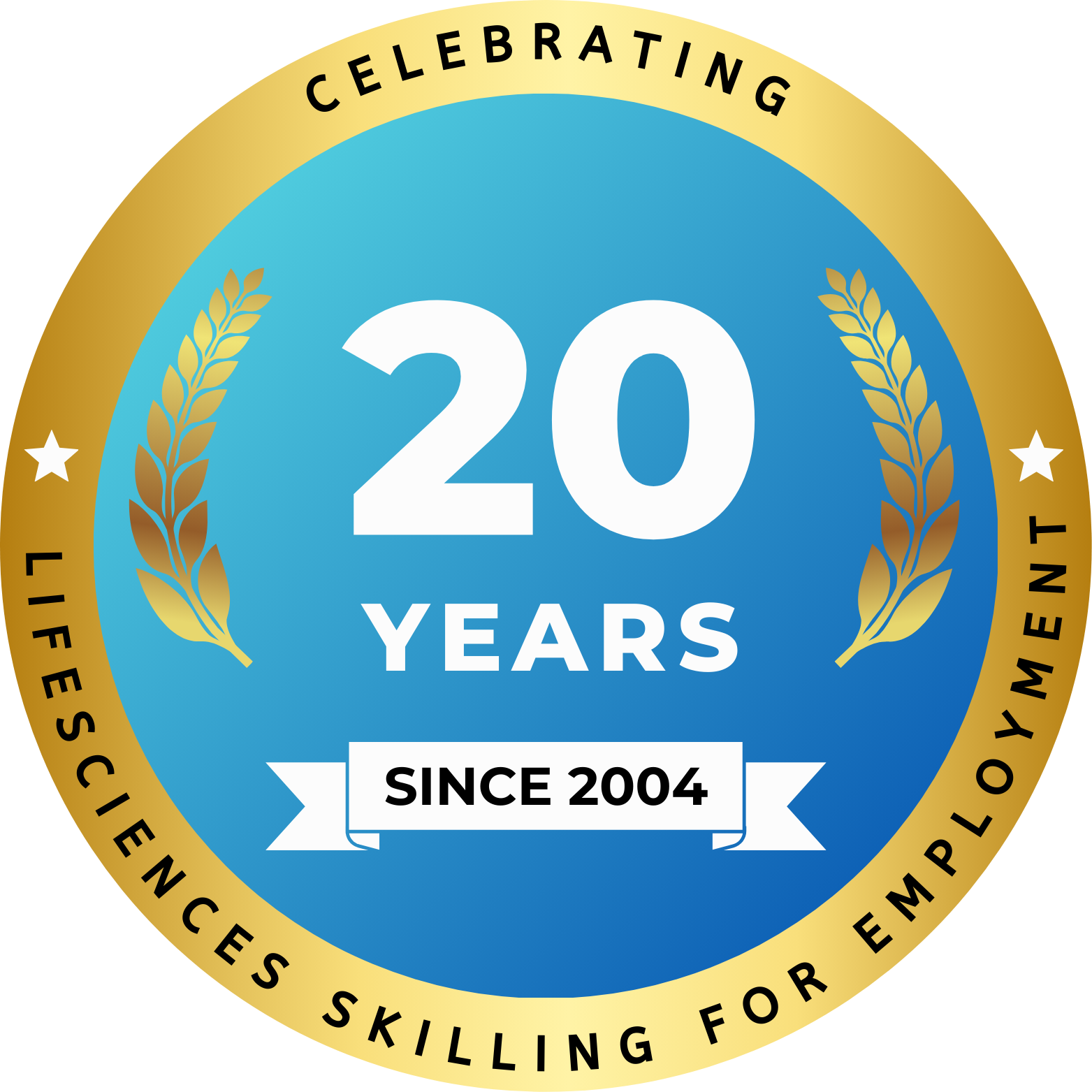ISO 13485 Audits in Central and Latin America: Supporting Growth and Regulatory Compliance in the Medical Device Sector

Introduction
Central America and Latin America are undergoing a dynamic transformation in the healthcare and medical device landscape. As these regions experience increased demand for medical technologies, improving healthcare infrastructure, and deeper integration into global supply chains, regulatory frameworks and quality compliance standards like ISO 13485 are gaining prominence.
ISO 13485 audits have become essential for companies seeking to assure product safety, meet international expectations, and access key markets. This blog highlights the growth of the medical device industry in the region, explores the regulatory landscape, and emphasizes the importance of ISO 13485 audits and regulatory preparedness.
Medical Device Industry Growth in Central and Latin America
Over the past decade, the medical device sector in Latin America has seen robust growth. Key drivers include:
- Aging population and increasing chronic diseases
- Medical tourism in countries like Mexico and Costa Rica
- Government investments in healthcare infrastructure
- Export-oriented manufacturing hubs, especially in Costa Rica and Mexico
- Expansion of private healthcare services
Country Snapshots:
The EU directives are transposed into French law primarily via the French Public Health Code (Code de la santé publique). It outlines the national regulatory framework for:
- Mexico is one of the largest exporters of medical devices to the U.S., with an industry valued over USD 15 billion.
- Brazil, the largest healthcare market in the region, is expected to grow its medical device market by 6-7% annually.
- Costa Rica has become a global hub for high-tech medical device manufacturing, with over 70 medical device companies, including Medtronic, Boston Scientific, and Baxter.
Regulatory Landscape in the Region
Although regulatory frameworks differ across countries, there is a growing trend toward harmonization with international standards such as those from the International Medical Device Regulators Forum (IMDRF) and ISO 13485.
Key Regulatory Authorities
- Mexico (COFEPRIS): Accepts ISO 13485 as part of its approval pathway, especially for imported products.
- Brazil (ANVISA): Requires Good Manufacturing Practices (GMP) certification closely aligned with ISO 13485 for Class III and IV devices.
- Costa Rica: While it doesn't have a dedicated medical device authority, it follows U.S. FDA and ISO standards for export quality compliance.
- Argentina (ANMAT) and Colombia (INVIMA): Require local registration with supporting quality documentation, often aligned with ISO principles.
Many countries in the region are members of the Pan American Health Organization (PAHO), which supports regulatory convergence and capacity building.
Importance of ISO 13485 Audits in Central and Latin America
ISO 13485 defines the quality management system requirements for the design and manufacture of medical devices. In Latin America, compliance with ISO 13485 is increasingly seen as a strategic necessity, not just a certification formality.
Key Benefits of ISO 13485 Audits:
- Market Access: Certification facilitates entry into highly regulated markets like the U.S., EU, and Canada.
- Regulatory Readiness: Helps organizations meet national regulatory requirements and withstand inspections from bodies like COFEPRIS or ANVISA.
- Operational Excellence: Encourages process optimization, documentation, and traceability, improving efficiency and reducing product recalls.
- Risk Management: Supports risk-based thinking across the product lifecycle, enhancing patient safety.
- Global Partnerships: Multinational companies often require suppliers and contract manufacturers to be ISO 13485 certified.
Regulatory Preparedness: A Competitive Advantage
As regulatory scrutiny increases, manufacturers in Central and Latin America must adopt a proactive approach to compliance. ISO 13485 audits act as a foundation for a strong Quality Management System (QMS), allowing companies to:
- Identify and close gaps in compliance through internal audits
- Train staff on QMS roles, responsibilities, and documentation
- Prepare for regulatory inspections through mock audits and CAPA reviews
- Build credibility with partners, investors, and regulators
- Reduce time to market for innovative products
Conclusion
The Central and Latin American medical device markets are on the rise, offering tremendous opportunities for local and global manufacturers. However, success in this evolving landscape requires more than just innovation—it requires regulatory preparedness, operational discipline, and ISO 13485 compliance
Organizations that invest in robust quality systems and pursue ISO 13485 audits are better positioned to navigate regional regulations, reduce compliance risks, and deliver safe and effective medical devices to patients around the world.
References
- ISO - ISO 13485:2016 – Medical devices – Quality management systems
https://www.iso.org/standard/59752.html - COFEPRIS (Mexico) – Medical Device Regulations
https://www.gob.mx/cofepris - ANVISA (Brazil) – Medical Devices and GMP Certification
https://www.gov.br/anvisa - Pan American Health Organization (PAHO) – Regulatory Systems Strengthening
https://www.paho.org/en/topics/health-technologies - GlobalData Healthcare Reports – Latin America Medical Device Market Outlook
https://www.globaldata.com - Procomer (Costa Rica Trade Promotion Agency) – Medical Devices Sector Overview
https://www.procomer.com - IMDRF – International Medical Device Regulators Forum
http://www.imdrf.org



